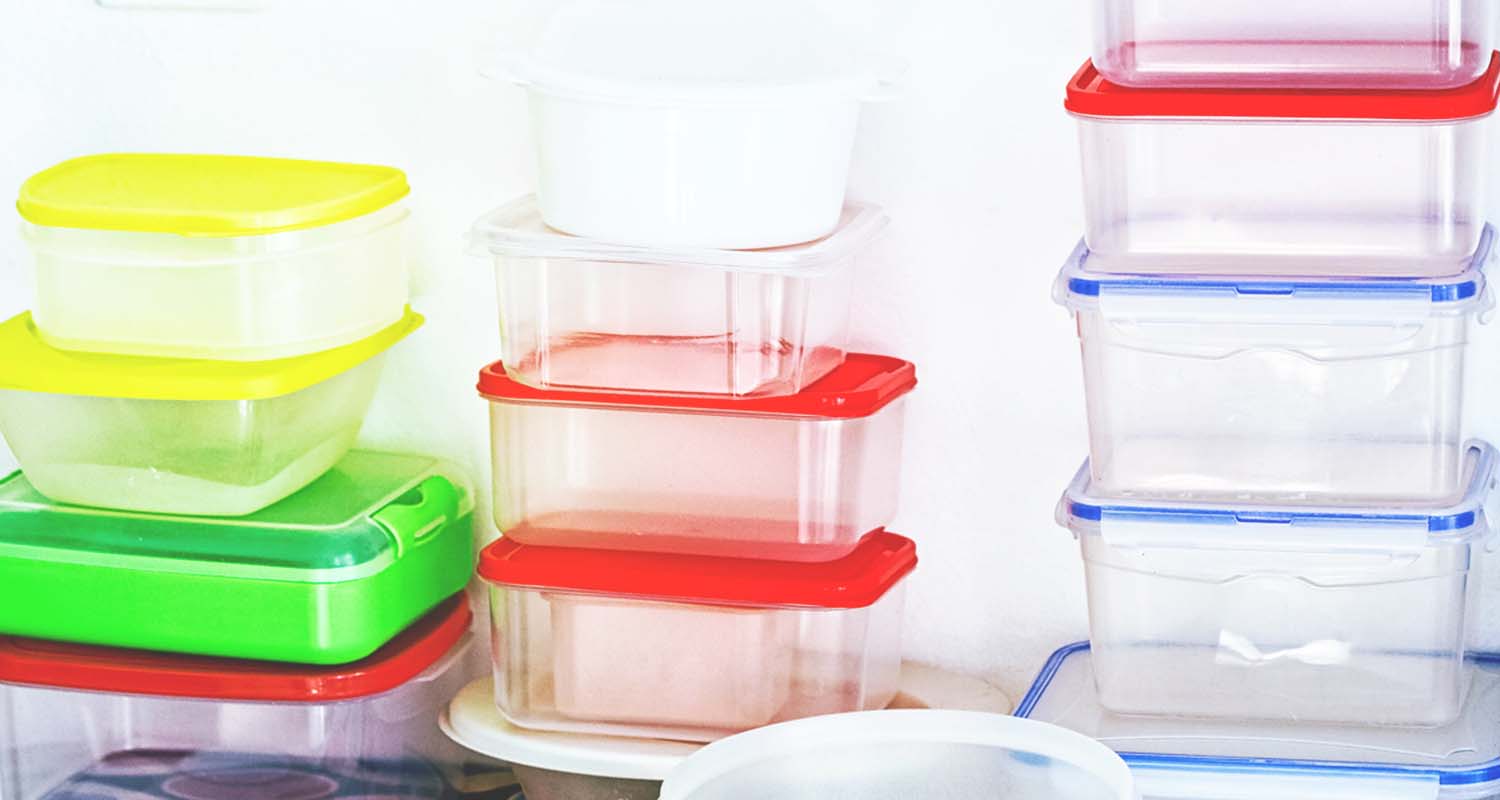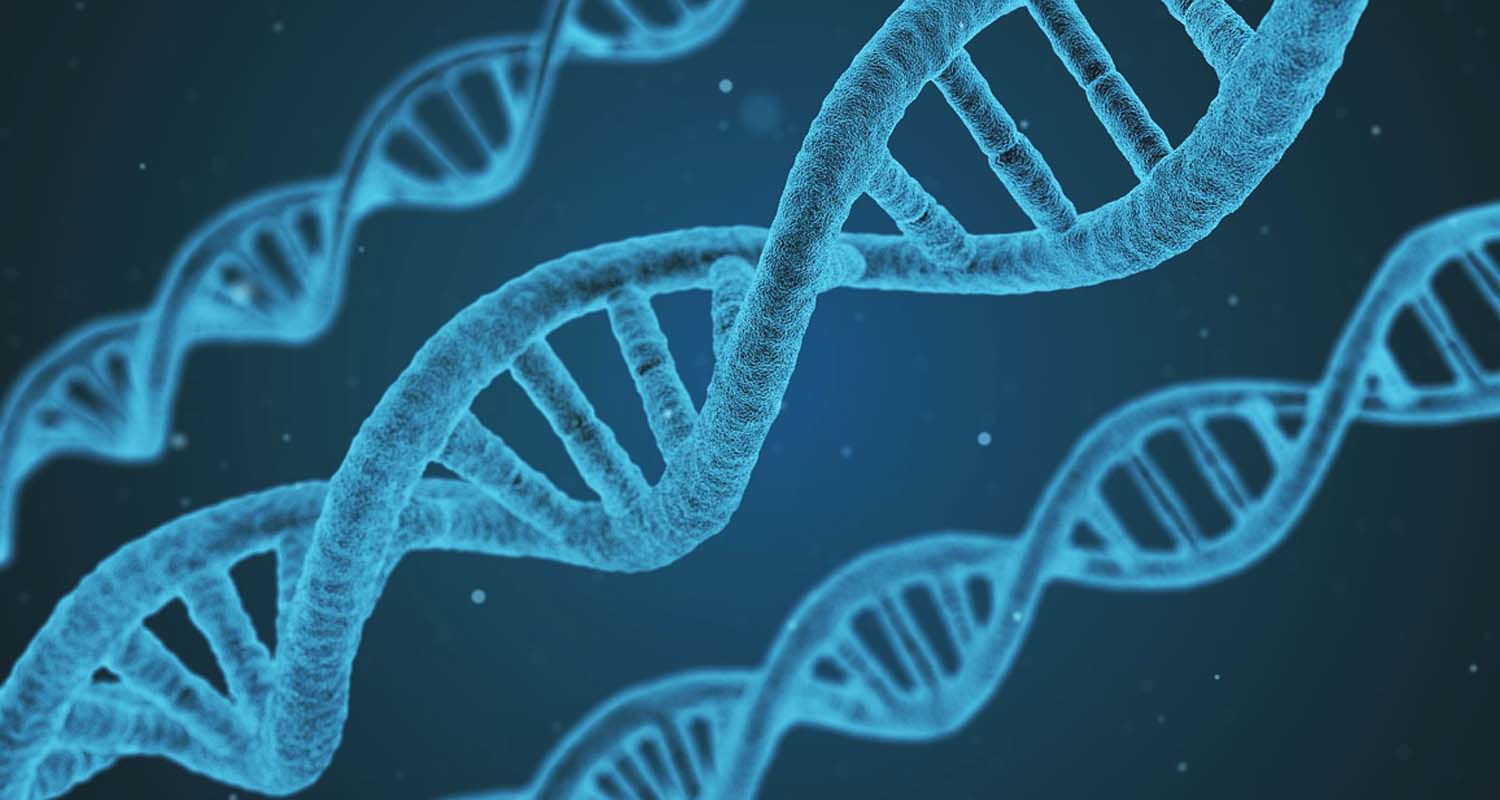Can a high-fat, low-carb diet prevent and even cure illnesses like cancer, diabetes, heart disease, and autism? “The Magic Pill”— an Australian documentary now streaming on Netflix — thinks so. The film, from celebrity chef Pete Evans, suggests that the modern diet is to blame for the majority of chronic diseases, an idea that has critics slamming the film for peddling “harmful” ideas.
“The Magic Pill” follows people in America and Australia suffering from different ailments to explore what effect, if any, the ketogenic diet has on their symptoms. The ketogenic, or keto diet, is a high-fat, low-carb diet that encourages your body to use fat for fuel instead of carbs.
Related: Ketosis and the Ketogenic Diet Explained – A Complete Beginners Guide
The keto diet and autism: a case study
The film tracks the subjects for 10 weeks, then looks at whether the keto diet improved each person’s particular condition.
In the film, Abigail, a young girl with autism — who ate processed chicken fingers, goldfish crackers, and apple juice previously — appeared to make significant gains after five weeks of restricting carbs. Though she struggled to adjust to the diet initially, her parents were convinced it was working. Her father noted her belly was less bloated, she had more regular bowel movements (she took a laxative every day prior to the keto diet), and she communicated better.
“She’s able to concentrate, and she’s able to progress, because she’s not running all over the place and she’s not seizing,” her doctor says in the film. “Her seizures are going down, and we have tangible data from the school. We are actually starting to wean her off of the anti-convulsory narcotic that she’s on.”
Keto guidelines, according to “The Magic Pill”
The people profiled followed a diet based on keto principles. These include:
- Eat whole and organic foods
- Eliminate processed foods, dairy, grains, and legumes
- Edge out bad fats (vegetable oils) with healthy fats (olive and coconut oils, animal fats, eggs, and avocados)
- Aim to consume free-range animals and wild caught seafood
- Introduce bone broths, organ meats, fermented foods, and intermittent fasting into your diet
The keto diet: backed up by science
While the keto diet is touted for its fat-burning effects, there’s growing evidence that it can help a range of diseases, including heart disease, diabetes, and cancer.
“Being in a mild state of ketosis is really the place to be,” neurologist David Perlmutter says in the film, adding that fat powers the brain better than carbs do.
According to recent Bulletproof Radio (iTunes) podcast episode guest Kris Smith, MD, a top neurosurgeon who specializes in brain tumors at the Barrow Neurological Institute in Phoenix, “I really think the ketogenic diet is going to be…part of that magic bullet, the holy grail of treating people with this disease.”
Critics fire back
Australian Medical Association (AMA) president Michael Gannon slammed the film, calling it “hurtful, harmful and mean.”
“The idea that a high-fat diet can change a child’s behavior in a month is just so patently ridiculous… and yet the reality is the parents of autistic children are so desperate they will reach for anything,” he told The Daily Telegraph. The AMA has called chef and filmmaker Evans to task before for his “extreme” health advice.
Some of the film’s criticism stems from confusion: News outlets covering the film have called the keto diet a paleo diet. While keto has paleo principles, keto is definitively high-fat, though not necessarily high-protein like paleo. Too much protein converts to glucose in the body, which takes you out of ketosis.
Related: Bulletproof vs. Paleo vs. Low-Carb and Ketogenic Diets: What’s The Difference?
How to make your Bulletproof diet keto-friendly
If you’re interested in a Bulletproof version of the keto diet, follow these five steps:
- Skip the carb refeed day. Bulletproof is a cyclical keto diet that puts your body in and out of ketosis once a week, to make the diet more sustainable and prevent common issues like dry eyes, cravings, and even unhealthy gut bacteria levels. But if you want to try full keto, increase your fat and limit your carbs. Aim for 70-85% of your calories from fat, every day.
- Remember that it might take up to two weeks for your body to make the shift from burning carbs and sugar to fat. The keto flu can leave you feeling tired, achy, and irritable, but it should pass. Stay the course and you should soon feel better than before you started. Read Your Definitive Guide to Conquering the Keto Flu.
- Monitor your ketone levels using urine strips, ketone breath meters, or blood meters.
- Be mindful of hidden carbs in sources like Brussels sprouts, broccoli, cashews, chocolate, and leeks. Use a food tracker like MyKeto until you get clear on how much fat/carbs/protein you’re actually eating.
- Watch your protein intake. It’s common for people on keto to consume too much meat. More than 20-30% protein in your diet, and your body will begin to convert protein to sugar, which bumps you out of ketosis. Go for moderate protein with a high-fat sauce of your choice to tide you over.





